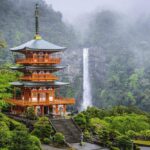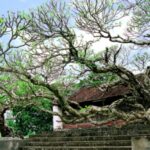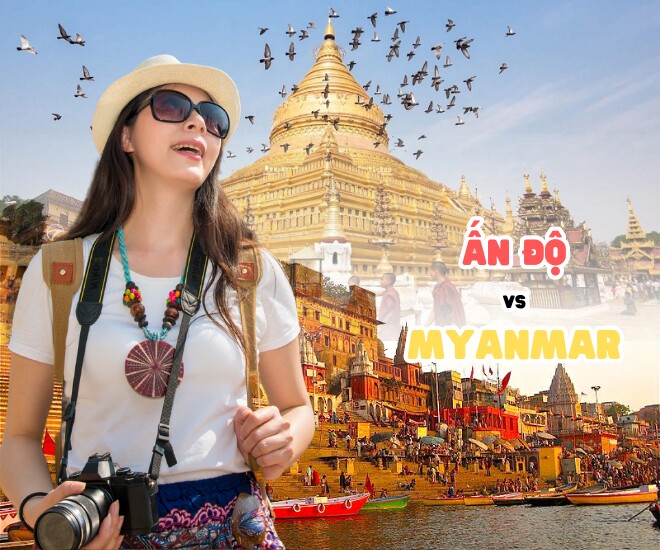
1. Journey to the Land of Buddha – Transportation & Visa Costs
When it comes to transportation costs, India has higher airfare prices, with return flights from Vietnam to New Delhi ranging from 8 to 12 million VND. In contrast, flights to Yangon, Myanmar, are much more affordable, typically costing between 4 and 7 million VND. Additionally, Myanmar offers a 14-day visa exemption for Vietnamese citizens, while India requires an e-Visa with fees ranging from 25 to 50 USD depending on the length of stay.
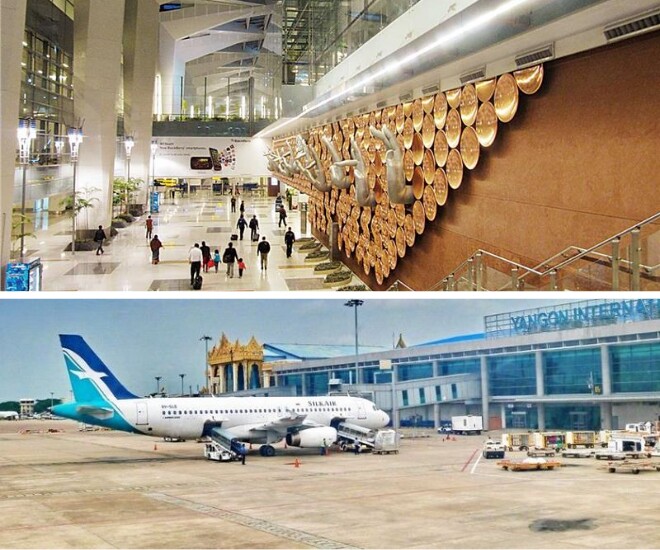
Regarding domestic transportation, both countries offer reasonable prices. In India, interstate bus and train fares range from 100,000 to 500,000 VND per trip, while in Myanmar, bus fares are slightly higher, ranging from 200,000 to 400,000 VND per trip.
If budget is a primary concern, Myanmar is the more economical choice, thanks to its lower airfare prices and visa-free entry, which significantly reduces initial expenses.
2. Accommodation & Cuisine – Where is More Affordable?
In terms of accommodation costs, India and Myanmar are quite comparable. In India, budget hotels range from 200,000 to 500,000 VND per night, while mid-range hotels typically cost between 600,000 and 1 million VND per night. Myanmar offers similar prices, with budget accommodations ranging from 250,000 to 600,000 VND per night.
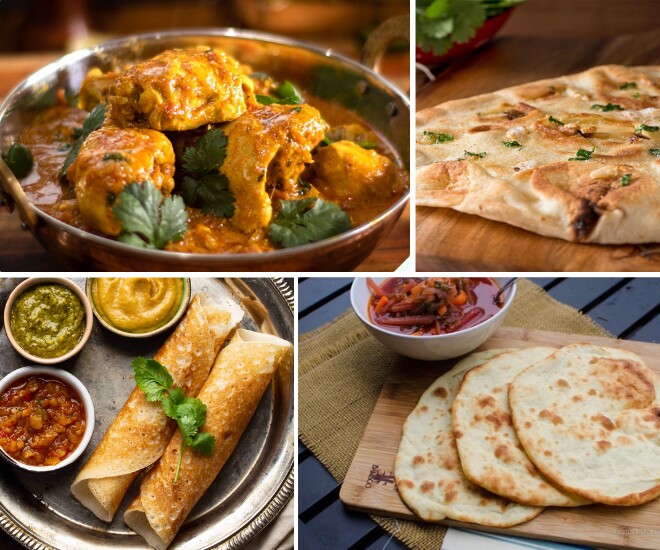
When it comes to cuisine, India is renowned for its delicious and affordable street food, with meals costing as little as 50,000 to 150,000 VND. Vegetarian options, such as curry, naan bread, and dosa, are especially budget-friendly.
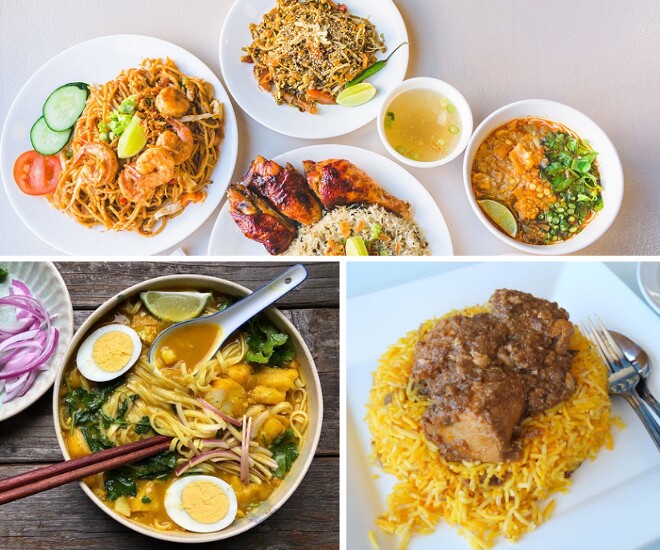
Myanmar’s cuisine, influenced by both India and Thailand, offers unique dishes such as mohinga noodles and Shan rice, with prices ranging from 60,000 to 200,000 VND per meal.
Both countries offer budget-friendly options for accommodation and dining, making them ideal choices for a spiritual journey on a 15 million VND budget.
3. Must-Visit Spiritual Destinations
India – Following in the Footsteps of Buddha: India is intimately connected to the life and teachings of Buddha, attracting millions of Buddhist pilgrims each year. One of the most prominent sites is Bodh Gaya, where Buddha attained enlightenment under the Bodhi tree, making it one of the holiest sites in Buddhism.

Varanasi, the ancient city on the banks of the Ganges, holds significance for both Buddhists and Hindus, with sacred rituals taking place along the river. Additionally, Lumbini, located in Nepal near the Indian border, is the birthplace of Buddha and one of the four most important pilgrimage sites for Buddhists.
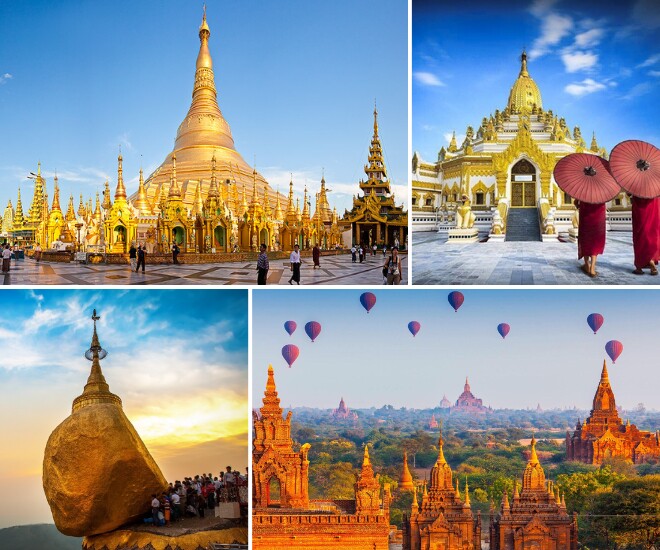
Myanmar – The Land of Golden Pagodas: Myanmar is a haven for those seeking meditative spaces and ancient Buddhist architecture. The most notable site is the Shwedagon Pagoda in Yangon, a spiritual symbol of the country, housing numerous Buddhist relics and serving as a sacred place of worship.
Bagan, with its over 2,000 ancient temples, offers a mystical ambiance and breathtaking sunrises among the moss-covered spires. Another unique destination is Kyaiktiyo, also known as the Golden Rock Pagoda, which seemingly defies gravity as it balances on the edge of a cliff, held in place by a single hair of Buddha, according to legend.
If you seek a journey that follows in Buddha’s footsteps, India is the ideal choice. On the other hand, Myanmar is perfect for those who crave tranquility, easy navigation, and the awe-inspiring beauty of ancient pagodas.
4. Conclusion – Where to Go with 15 Million VND?
For those wishing to embark on a spiritual journey to the birthplace of Buddhism and explore historical sites, India is the ideal choice. However, if you seek a more relaxed trip, immersed in nature and meditation, with a focus on exploring the beauty of ancient temples, Myanmar is the better option. Whichever destination you choose, both India and Myanmar offer profound spiritual experiences that will leave you with a sense of inner peace and tranquility.
The Abundant Fish in Tibetan Lakes: Why Do Locals Refrain from Eating Them?
“The abundance of fish in the lakes of Tibet is a wonder to many visitors, who often question why the locals don’t fish for food. The answer lies in the deep cultural and spiritual significance that these lakes hold for the Tibetan people. These lakes are considered sacred, and the fish within them are believed to be the reincarnation of other living beings. As a result, the people of Tibet refrain from fishing and instead, find other means to sustain themselves. This unique relationship between the people and their environment showcases the deep respect and connection that exists within Tibetan culture.”
A Lunar New Year’s Stroll Amongst the Tranquility of Hanoi’s Chua Ngau Temple
Chùa Ngâu, a historic Buddhist temple located in Hanoi, offers a serene escape for those seeking to immerse themselves in the traditional Lunar New Year festivities. Graced with a National Cultural and Historical Heritage Site status, this ancient temple exudes an aura of timeless charm and spiritual tranquility, making it an ideal destination for a cultural excursion during the Tet Nguyen Tieu festival.

























